Are you wondering if it’s possible to bring a projector on your next flight? Whether you’re a student presenting at an upcoming conference, or taking a business trip and need to have a visual aid for your presentation, it is convenient to know whether bringing along a projector while traveling on an airplane is feasible – and can be done so without breaking the rules. Knowing what airlines allow travelers to carry with them can save time when planning trips – or they could lead to personal moments of panic and confusion. In this blog post, we will answer the common question of “Can I take my projector on an airplane?” by providing information regarding airline regulations and restrictions surrounding projectors via carry-on baggage along with some helpful tips for staying organized during flights.
What Types of Projectors Are Available?
When it comes to choosing the right projector for your needs, there are many factors to consider. Projectors come in a range of sizes and styles, so you’ll need to understand the different types that are available before making a decision. [1]
LCD Projectors
Liquid Crystal Display projectors are one of the most popular types on the market. They use three LCD panels and a prism to separate light into red, green, and blue components that can then pass through it and create a color image. LCD projectors offer excellent image quality, but they have limited brightness levels compared to other models.
DLP Projectors
Digital Light Processing projectors are becoming increasingly popular as they can produce brighter, crisper images than LCD projectors. They use microscopic mirrors on a chip to reflect light, creating a much sharper and more detailed image than other projector models. However, DLP projectors tend to be larger and heavier than LCD models, making them difficult to move around.

3D Projectors
3D projectors are gaining in popularity as they provide a more immersive viewing experience than traditional 2D projectors. They use technology such as active shutter glasses, polarized lenses, or lasers to create a three-dimensional image on the screen. However, they tend to be more expensive than other models and require special accessories for 3D viewing.
Laser Projectors
Laser projectors are a relatively new technology that use lasers to create an image on the screen. These projectors offer excellent image quality, with deep blacks, bright whites, and vibrant colors. They also tend to have longer lifespans than traditional bulb-based models, making them a more cost effective option in the long run. The downside is that laser projectors are more expensive than other types and tend to be bulkier as well. [2]
Criteria to Follow When Choosing a Projector
The process of choosing the right projector for your needs can be time-consuming and daunting. It is important to take into account all the different criteria when selecting a projector. Now, we will discuss five key elements that you should consider when deciding on the right projector: brightness, resolution, image quality, portability, and cost. [3]
Brightness
The brightness of a projector is measured in lumens, with higher levels indicating brighter images. To achieve the best image quality, you should choose a projector that has at least 2,500 lumens. This will ensure that your images are bright enough to view in any lighting environment, from a moderately lit conference room to a sun-filled office.
Resolution
The resolution of a projector is measured in pixels, with higher levels indicating sharper images. If you want to achieve the best image quality, make sure that your projector has at least 1,280 x 720 (HD ready) or 1,920 x 1,080 (Full HD) resolution. Higher resolutions will ensure that your images appear crisp and detailed.
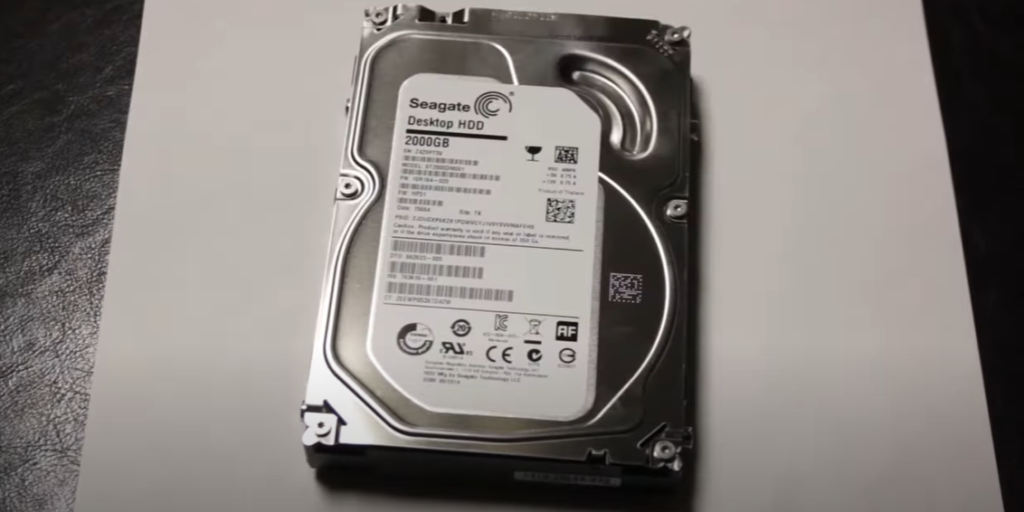
Image Quality
In addition to brightness and resolution, you should also take into account the image quality of a projector. For instance, some projectors are capable of displaying higher levels of contrast or color accuracy than others. Make sure to research the different image quality features offered by each projector before making your final decision.
Portability
If you need to move your projector from one location to another, it is important to consider the portability of the device. Some projectors are lightweight and compact enough to be carried in a bag or briefcase, while others may require larger cases or cartons for transport.
Cost
Prices can range from just a few hundred dollars to thousands of dollars, depending on the features and specs you are looking for. Make sure to compare different models in order to find the right projector at the best price. [4]
What to View on a Projector?
A projector is an invaluable tool for making presentations, enjoying movies and displaying photographs. Many people don’t think beyond these uses when it comes to utilizing a projector, but there are so many more options! Here are some of the most common things you can view on your projector:
Movies
Movies can be enjoyed in a whole new way on a projector. Whether you want to host a movie night or watch your favorite film at home, projectors provide amazing image quality and larger-than-life views. Plus, many of the newest models come with sound systems integrated into the unit for an even better experience.
Presentations
Making presentations is one of the most common uses for projectors. Whether you’re giving a speech in front of your class, making a business pitch or presenting at a conference, projectors can help make the presentation more engaging and visually appealing. You’ll be able to show off images, videos and diagrams with ease.
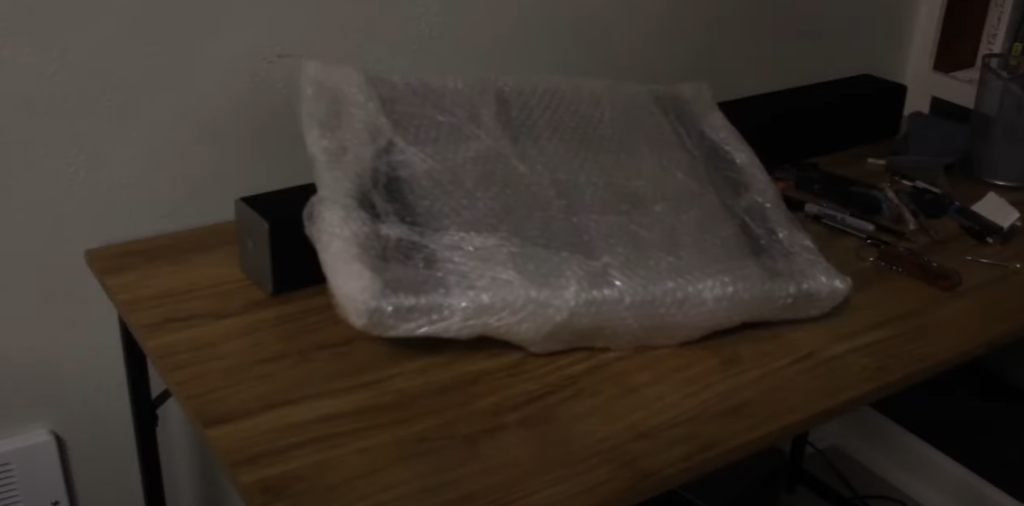
Video Games
Video games are one of the best experiences to enjoy on a projector. The large screen allows you to get the full immersion of the game and can make playing much more enjoyable. You won’t have to worry about pixelation or low quality images, as projectors are capable of providing a crystal clear image. Plus, many modern projectors come with 3D capabilities for an even better experience!
Photographs
Photographs look great on a projector! Whether you’re displaying family photos, vacation pictures or artwork, projectors will make the images look sharp and vibrant. You can also use them to show off slideshows of your favorite memories for friends and family.
Educational Materials
Projectors are also great for educational materials. Teachers can use them to project diagrams and images onto the board, while students can use them to showcase projects or give presentations in class. Plus, you won’t have to worry about carrying around a stack of paper since everything can be displayed on the projector!
Live Streaming Content
Projectors are also great for streaming content. You can watch movies, TV shows, sporting events and more from the comfort of your own home. Plus, you won’t have to worry about the image quality being compromised since projectors provide a crisp and clear picture.
Art Installations
Use projectors to create art installations. You can project images, videos and text onto walls for an immersive experience. Plus, you don’t have to worry about finding a space for the installation since you can just set it up on any wall in your home or office!
Other Uses
Projectors can be used for so many other purposes as well. They are great for watching sports games on a larger screen and some models even come with built-in streaming capabilities so you can watch your favorite shows. You can also use them for lectures, web presentations and more. The possibilities are endless! [5]

How to Customize Projectors for Better Viewing?
Customizing projectors can help you get a better viewing experience and make sure your presentation looks its best. Here are some easy steps to customize your projector for optimal viewing:
Adjusting Brightness, Contrast, & Color
One of the first things you should do when customizing your projector is to adjust the brightness, contrast, and color. This helps make sure that colors are vibrant and images are sharp. Start by adjusting the projector’s brightness according to the room lighting. Then adjust the contrast and color settings until you get a picture that looks natural and clear.
Setting up Projector Settings for Text & Graphics
If you plan to use your projector for presentations or other text-based documents, it is important that you set up the projector’s settings correctly. Start by selecting the “Text” mode on the projector. This will make sure that text appears sharp and clear. Additionally, if you are using graphics in your presentation, select the “Graphics” mode so that colors are vibrant and images appear sharp.
Choosing the Right Aspect Ratio & Resolution
The aspect ratio of a projector is the width-to-height ratio of the image. Most projectors have multiple aspect ratios to choose from, so you should select the one that works best for your presentation. Additionally, it is important to use the right resolution for your projector. This will help ensure that images and text remain sharp and clear.
Adjusting Projector Position & Focus
Once you have set up your projector, make sure to adjust the position of the projector to get the best viewing experience. You want to make sure that the image is projected correctly onto the wall or screen so that it is large enough for everyone in the room to see clearly. Additionally, you should make sure that the focus of the projector is sharp. To do this, use the lens control on your projector to adjust it until everything appears crisp and clear. [6]
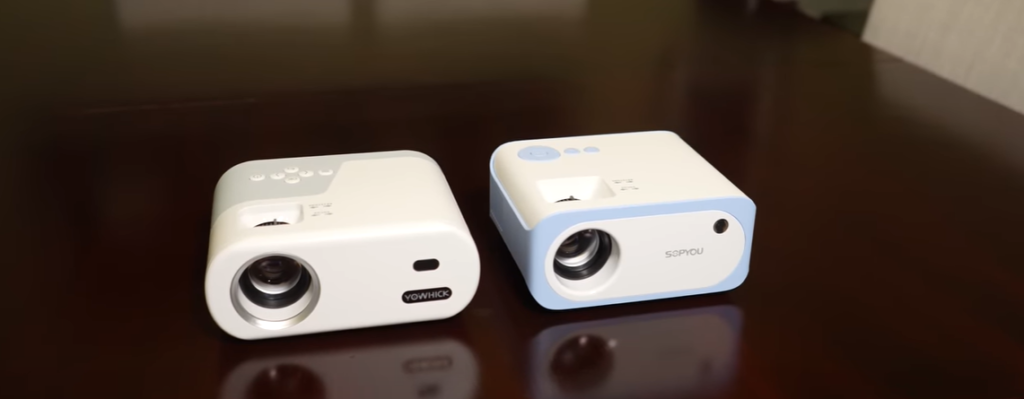
Is It Worth Taking a Projector on a Flight?
Projectors are incredibly versatile pieces of technology, and they can make even the most ordinary presentations look exceptional. They’re perfect for business trips, conferences, and other events where you need to show your work in a professional way. But is it worth taking a projector on a flight?
The answer is: It depends. If you’re traveling with a lot of equipment, or to a destination that doesn’t have access to projectors, then it might be beneficial to bring your own. However, there are several considerations you need to make before doing so.
First off, make sure you check the airline’s luggage weight limits and if they allow projectors in carry-on bags. Some airlines may have restrictions or even prohibit them altogether. You also need to consider the size and weight of your projector, as well as its general fragility. It’s best to purchase a hard case for your projector that will help protect it during travel.
That said, if you need to show presentations during your travels, then taking a projector could be worth the extra effort and expense. Just make sure that you have all the necessary information about airline restrictions and equipment weight limits. Don’t forget to purchase a hard case that can adequately protect your projector during the trip. With the right planning, you can easily make use of your projector in any destination! [7]
What Type Of Electronics Can You Take On a Plane?
It is important to know the TSA rules and regulations for flying with electronics. Some items are prohibited altogether, while others must be kept in your carry-on luggage or checked baggage. Generally speaking, you can take the following types of electronics on a plane:
- Cell Phones – Cell phones should be kept in your carry-on bag during your flight. You may be asked to turn off or disable your cell phone during certain times of the flight, so make sure you have a way to charge it when you land.
- Laptops & Tablets – Computers and tablets should also be placed in your carry-on luggage. Your laptop will need to go through an X-ray screening before it can be taken on the plane.
- MP3 Players – MP3 players, such as iPods and Zunes, may be kept in your carry-on or checked baggage. However, if you plan to listen to music during the flight, it is recommended that you keep them in your carry-on bag.
- Portable Electronic Devices – This includes any device that uses batteries, such as e-readers and digital cameras. These should be kept in your carry-on bag at all times, as they may need to be powered on during security screenings.
- Headphones – Headphones are allowed on the plane, but they must be removed from their carrying cases and placed in a clear plastic bag when going through security.
- Portable Speakers – Portable speakers must be placed in your checked luggage, as they are not allowed on planes.
- Gaming Consoles – Most gaming consoles and handheld gaming devices can be taken on the plane, but you may want to check with the airline before traveling to make sure that your device is approved.
- Batteries – Spare batteries should be stored in a clear plastic bag and placed in your carry-on luggage. Remember to always keep any batteries away from metal objects or other electronic devices that may cause them to heat up and become dangerous.
- Projectors – Projectors are allowed on planes, as long as they follow all of the TSA guidelines for carry-on and checked baggage. Ensure that you have all the necessary cords and accessories in your carry-on bag to make it through security smoothly. [8]
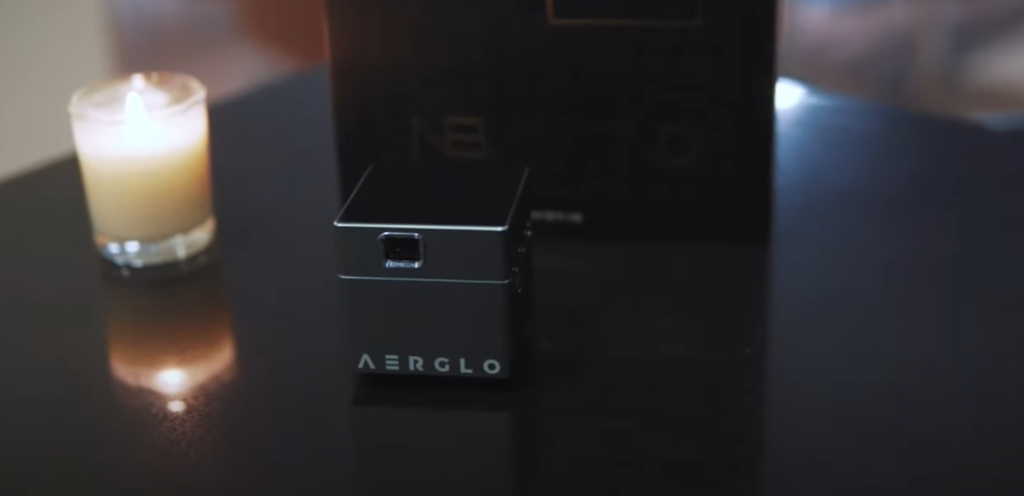
Things to Consider When Flying With a Projector
Traveling with a projector can be tricky, especially when it comes to air travel. With stricter security regulations and the potential for damage in transit, making sure you are prepared is key. Here are some things to consider before boarding the plane:
- Research airline policies: Not all airlines allow projectors (or other electronics) on board – double check which ones do before booking.
- Check the weight of your projector: Airlines have specific rules about how much luggage and equipment you can bring on board – make sure to know what is allowed ahead of time.
- Purchase insurance for your projector: If anything happens during the flight, it’s important to be covered in case of damage or theft.
- Bring extra batteries: Many projectors require a battery to operate and you may not be able to find one at your destination.
- Pack it carefully: Make sure the projector is well padded and protected in its case so that it won’t get damaged during transit.
- Consider a travel projector: If you don’t need a lot of power or features, consider a travel projector. These are typically smaller and more lightweight for easier transport.
- Test it before you go: Make sure the projector works properly before you leave home so you can avoid any surprises during your presentation or meeting. [9]
FAQs
Can the projector go through airport security?
Yes! The projector is designed to be lightweight and easy to transport, which makes it ideal for bringing through any airport security checkpoint. It’s also small enough to fit in a carry-on bag or purse without taking up too much space.
How do you pack a projector for travel?
If you’re planning on taking a projector with you when you travel, there are several things to consider. First, it’s important to make sure the projector is protected from any potential damage while in transit. This means ensuring that the projector is securely packed and equipped for any bumps or jostles along the way.
To do this, start by wrapping the projector in bubble wrap or any other type of protective material. This will help reduce the chances of any scratches or dings to the device while it is being moved around, as well as cushion it from outside shock forces.
Next, be sure to use a hard-sided container that can fit your projector snugly and protect it from any external elements like dust or moisture. You may want to consider using an anti-static bag inside the container to prevent any static electricity from damaging the device.
What objects are not allowed on planes?
In general, certain objects are not allowed on planes. These include pointed objects such as knives or scissors, flammable items like aerosol cans and paint, and large electronic devices like hoverboards. Additionally, projectors may be subject to restrictions based on specific airline policies.
Some airlines may allow passengers to bring personal projectors on board for business presentations or for leisure purposes. However, these projectors must meet certain size and weight requirements as outlined in the airline’s policies. Additionally, projectors may only be used if passengers have permission from the cabin crew to do so.
In general, it is best to check with the individual airline prior to packing a projector. This will help ensure that the projector meets the airline’s size and weight requirements and that it is allowed on board. In some instances, projectors may be able to be checked in as luggage instead of carried in the cabin.
Travelers should take all necessary precautions when traveling with a projector. This includes properly packing the device to ensure its safe transport, being aware of any temperature or humidity requirements, and ensuring that the projector is turned off before boarding.
Is it safe to put electronics in checked luggage?
The short answer is yes, it’s safe to put electronics in checked luggage. However, you should always take certain precautions when traveling with valuable items such as projectors or other expensive electronic devices. Before packing your projector for a flight, make sure it is securely wrapped and padded to protect against any shock or jostling during transportation. Consider also having the projector insured in case it is lost or damaged during transit. Additionally, be sure to check with the airline’s policies on luggage weight, as most airlines will not allow items over a certain weight limit in checked bags. Plus, always keep any cables and accessories organized so that they can easily be found if needed during your travels.
Useful Video: How I Flew Overseas With My Desktop PC
Conclusion
Bringing a projector on a plane can be a bit of a burden, but it can also be worth the effort. In the end, it all comes down to where you are going and what your needs will be while there. If you need a projector for an important presentation, then it might make more sense to bring your own on the plane than to rely on whatever technology is available at your destination. Remember though that if you do decide to bring a projector with you, always check with your airline or travel agent beforehand to ensure that they accept it as checked baggage or carry-on luggage according to their specific set of rules and regulations. Ultimately, bringing a projector on board should never be taken lightly. Make sure you plan ahead and take all of the precautionary measures necessary so that you don’t find yourself stuck without one when the big moment arrives.
References:
- https://www.newvisiontheatres.com/types-of-projectors
- https://www.moglix.com/articles/types-of-projectors-based-on-their-applications
- https://www.makeuseof.com/factors-to-consider-when-buying-projector/
- https://www.lifewire.com/before-you-buy-a-video-projector-1847845
- https://www.theprojectorexpert.com/movies-to-stream-with-projector/
- https://thehometheaterdiy.com/how-to-improve-a-projectors-image-quality/
- https://projectorsplace.com/can-you-bring-digital-projector-on-an-airplane/
- https://travelinglight.com/can-you-bring-electronics-on-a-plane/
- https://pointerclicker.com/can-you-take-a-projector-on-a-plane/





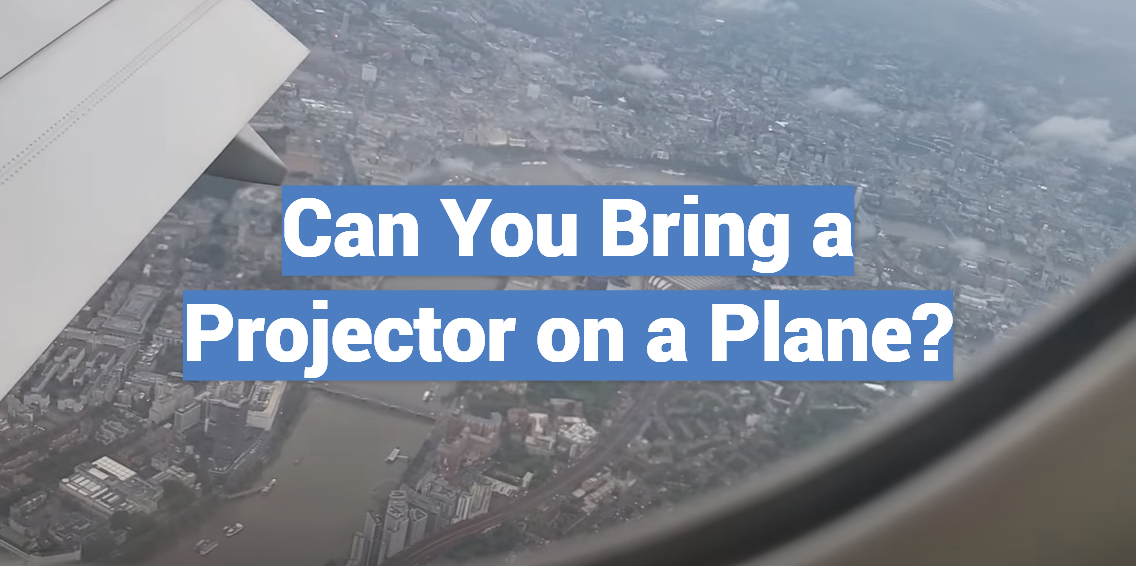




Leave a Review